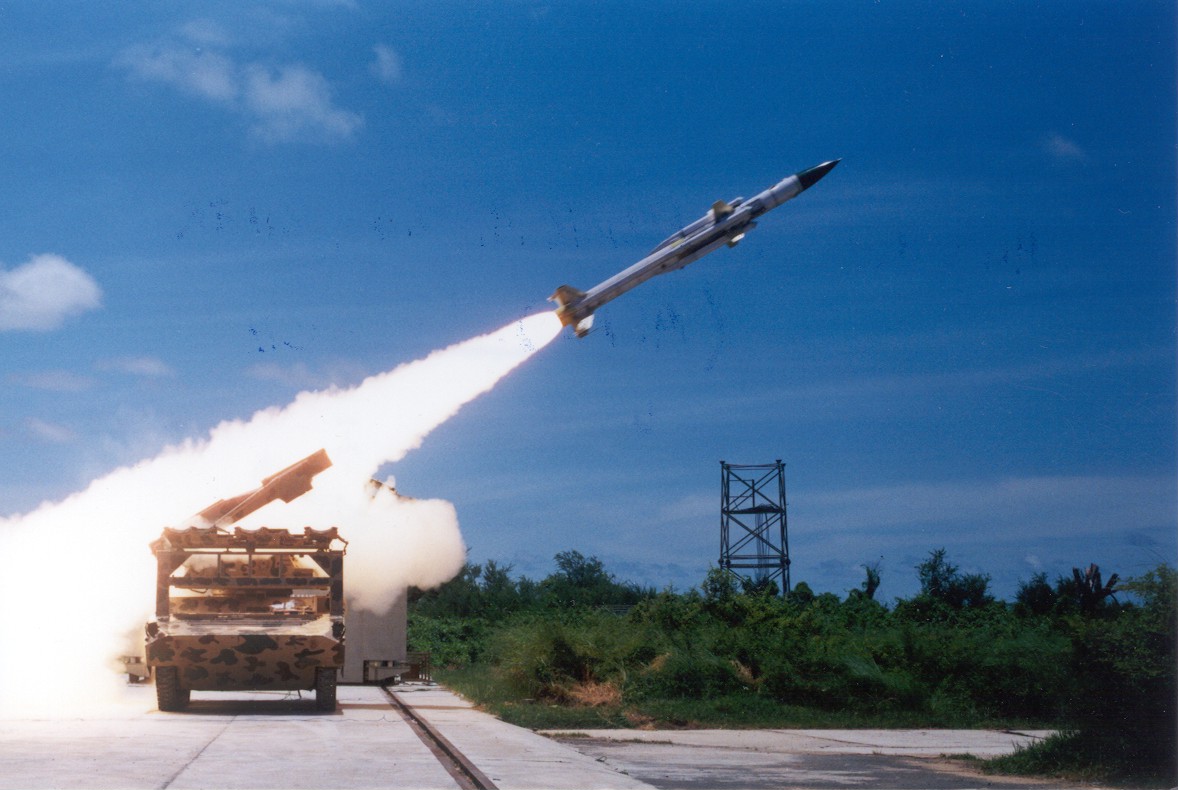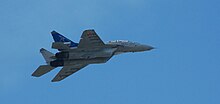INDIAN MISSILES
1. S-125 Neva/Pechora

The Isayev S-125 Neva/Pechora (Russian: С-125 "Нева"/"Печора", NATO reporting name SA-3 Goa) Soviet surface-to-air missile system was designed to complement the S-25 and S-75. It has a shorter effective range and lower engagement altitude than either of its predecessors and also flies slower, but due to its two-stage design it is more effective against more maneuverable targets.
It is also able to engage lower flying targets than the previous systems, and being more modern it is much more resistant to ECM than the S-75. The 5V24 (V-600) missiles reach around Mach 3 to 3.5 in flight, both stages powered by solid fuel rocket motors.
2. Akash Missile

Akash (Sanskrit: आकाश Ākāś "Sky") is India's medium range surface-to-air missile defense system developed by the Defence Research and Development Organisation (DRDO) and Bharat Electronics Limited(BEL) as part of the Integrated Guided Missile Development Program. The missile can target aircraft up to 30 km away, at altitudes up to 18,000 m Akash can be fired from both tracked and wheeled platforms. Akash is said to be capable of both conventional and nuclear warheads, with a reported payload of 60 kg.A nuclear warhead could potentially give the missile the capability to destroy both aircraft and warheads from ballistic missiles. The missile battery is described as being able to track and attack several targets simultaneously.
An Akash battery comprises four 3D phased array radars and four launchers with three missiles each, all of which are interlinked. Each radar is able to track 16 targets simultaneously and control a launcher with 3 missiles. Hence it is reported to be able to track 64 targets and simultaneously attack any 12 of those targets at one time.
The Akash system is comparable to the Patriot system, but unlike the Patriot, Akash is fully mobile and capable of protecting a moving convoy of vehicles. Like the Patriot, the Akash is really an air defence SAM which has been tested in a ballistic missile role
Status : Ordered, Induction
3. S-300

The S-300 is a series of Russian long range surface-to-air missile systems produced by NPO Almaz, all based on the initial S-300P version. The S-300 system was developed to defend against aircraft and cruise missiles for the Soviet Air Defence Forces. Subsequent variations were developed to intercept ballistic missiles.
The S-300 system was first deployed by the Soviet Union in 1979, designed for the air defense of large industrial and administrative facilities, military bases, and control of airspace against enemy strike aircraft.
The project-managing developer of the S-300 is Russian Almaz corporation (government owned, aka "KB-1") which is currently a part of "Almaz-Antei" Air Defense Concern. S-300 uses missiles developed by MKB "Fakel" design bureau (a separate government corporation, aka "OKB-2").
The S-300 is regarded as one of the most potent anti-aircraft missile systems currently fielded . Its radars have the ability to simultaneously track up to 100 targets while engaging up to 12. S-300 deployment time is five minutes. The S-300 missiles are sealed rounds and require no maintenance over their lifetime
Status : Operational
4. Trishul

Trishul (Sanskrit त्रिशूल meaning trident) is the name of a short range surface-to-air missile developed by India as a part of the Integrated Guided Missile Development Program. It has a range of 9 km and is fitted with a 5.5 kg warhead. Designed to be used against low-level (sea skimming) targets at short range, the system has been developed to defend naval vessels against missiles and also as a short range surface to air missile on land. Guidance consists of three different guiding beams, with the guidance handed over progressively to a narrower beam as the missile approaches the target.
According to reports, the range of the missile is 12 km and is fitted with a 15 kg warhead. The weight of the missile is 130 kg. The length of the missile is 3.1 m
5. SPYDER SAM

The SPYDER (Surface-to-air PYthon and DERby) is an anti-aircraft missile system developed by Rafael Advanced Defense Systems (with use of Czech Tatra chassis) and using surface-to-air versions of the Python 5 and Derby missiles, also made by Rafael Advanced Defense Systems. It is a quick reaction medium range missile system. SPYDER is capable of engaging aircraft, helicopters, unmanned air vehicles, drones and precision-guided munitions. It provides air defence for fixed assets and for point and area defence for mobile forces in combat areas.
Aug 18/09: Indian Army’s QR-SAM. The Times of India reports that India’s Ministry of Defence has finally given the go-ahead for the army’s INR 40 billion (about $820 million) Quick-Reaction SAM program. These mobile missiles would protect Indian maneuver elements like armored columns and troop concentrations, as well as important areas and installations. The Army seeks to equip 3 regiments with this contract, which is over twice the size of the IAF’s 18 squadron purchase.
Status : Under Purchase
6. PAD and AAD

The Indian Ballistic Missile Defense Program is an initiative to develop and deploy a multi-layered Ballistic missile defense system to protect India from missile attacks.
Introduced in light of the ballistic missile threat from Pakistan, it is a two tiered system consisting of two interceptor missiles, namely the Prithvi Air Defence (PAD) missile for high altitude interception, and the Advanced Air Defence (AAD) Missile for lower altitude interception. The two-tiered shield should be able to intercept any incoming missile launched 5,000 kilometers away.
Status : Under Testing, Induction of 2000 Km Missile Defence system by 2012.
7. Barak-8 /MR-SAM Program

India and Israel agreed to jointly develop a new long range, land-based air defense system to replace the aging Pechora (SA-3 GOA) missiles currently in service with the Indian Air Force. Covering a range of 70 km, the new missile will almost double the range of the 60km vertically launched Barak 8 shipborne missile (also known as Barak NG) currently being developed for the Indian and Israeli Navies under a US$480 million five year program launched in early 2006.
The new missile system will be based on the medium-range naval air defense missile currently under development for the Indian and Israeli Navies. The naval application of the missile will be integrated with the MF-STAR phased array shipborne radar, which Elta claims to be superior to the SPY-1 AEGIS radar. Overall, the MF-STAR / Barak 8 combination is claimed to be superior to the leading US made systems such as AEGIS or Patriot PAC-3 missile systems.
Status : Under Development
8. MBDA Maitri SAM

Here's the Maitri short-range surface to air missile (SR-SAM) on display at the MBDA stall. This is the programme that succeeds the defunct Trishul shipborne point-defence missile programme, and is a joint venture between DRDO and MBDA, with developmental feeds from the VL-MICA and Trishul programmes.
Status : Under development
Future Options :
1. India has been offered the deadly S-400 and Patriot SAMs.
2. India is Possibly developing MR SAM with Israel
3. India is also visualizing to develop s Land based SAM , Basd on the Successful Astra BVR Missile.












